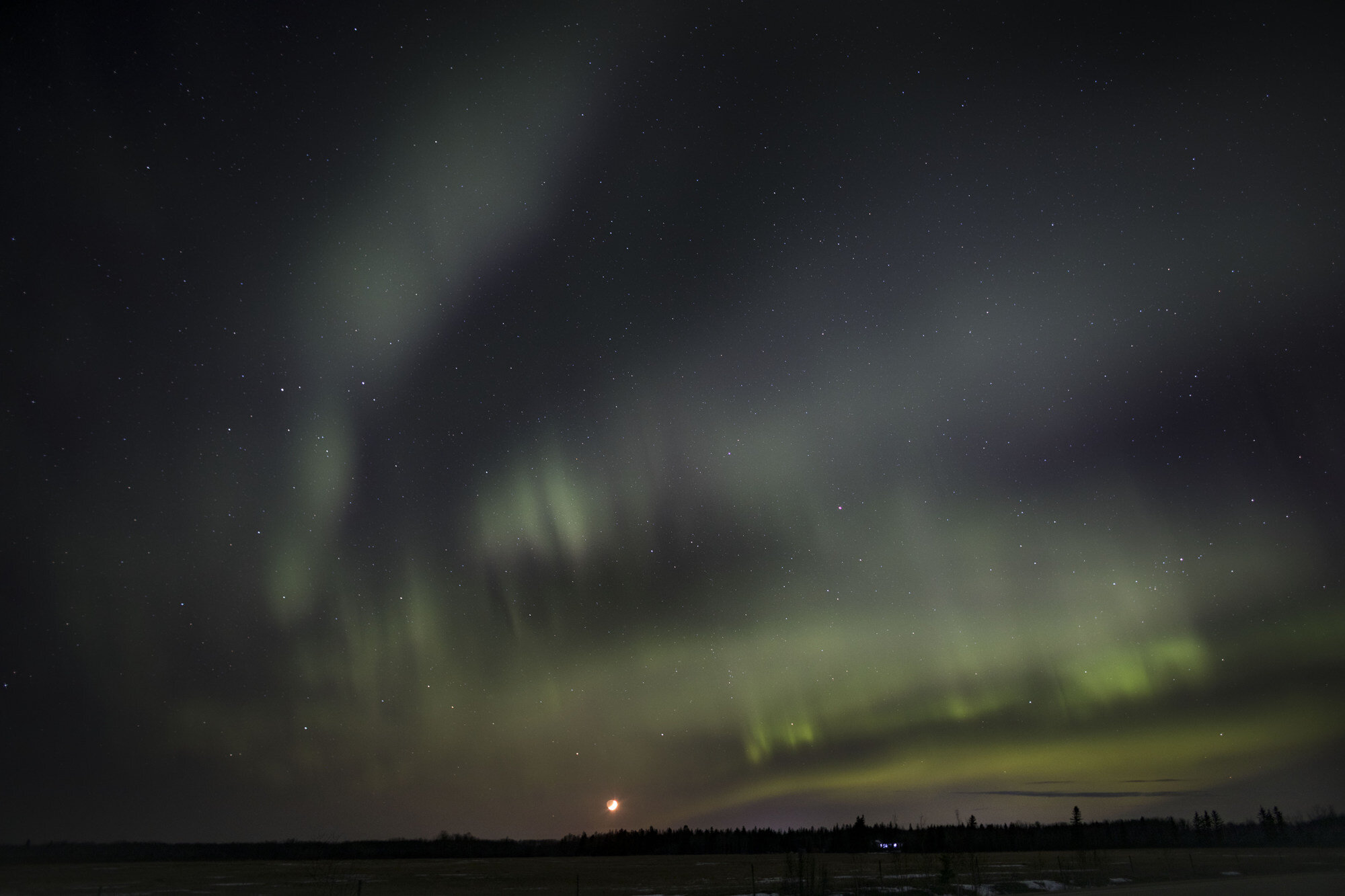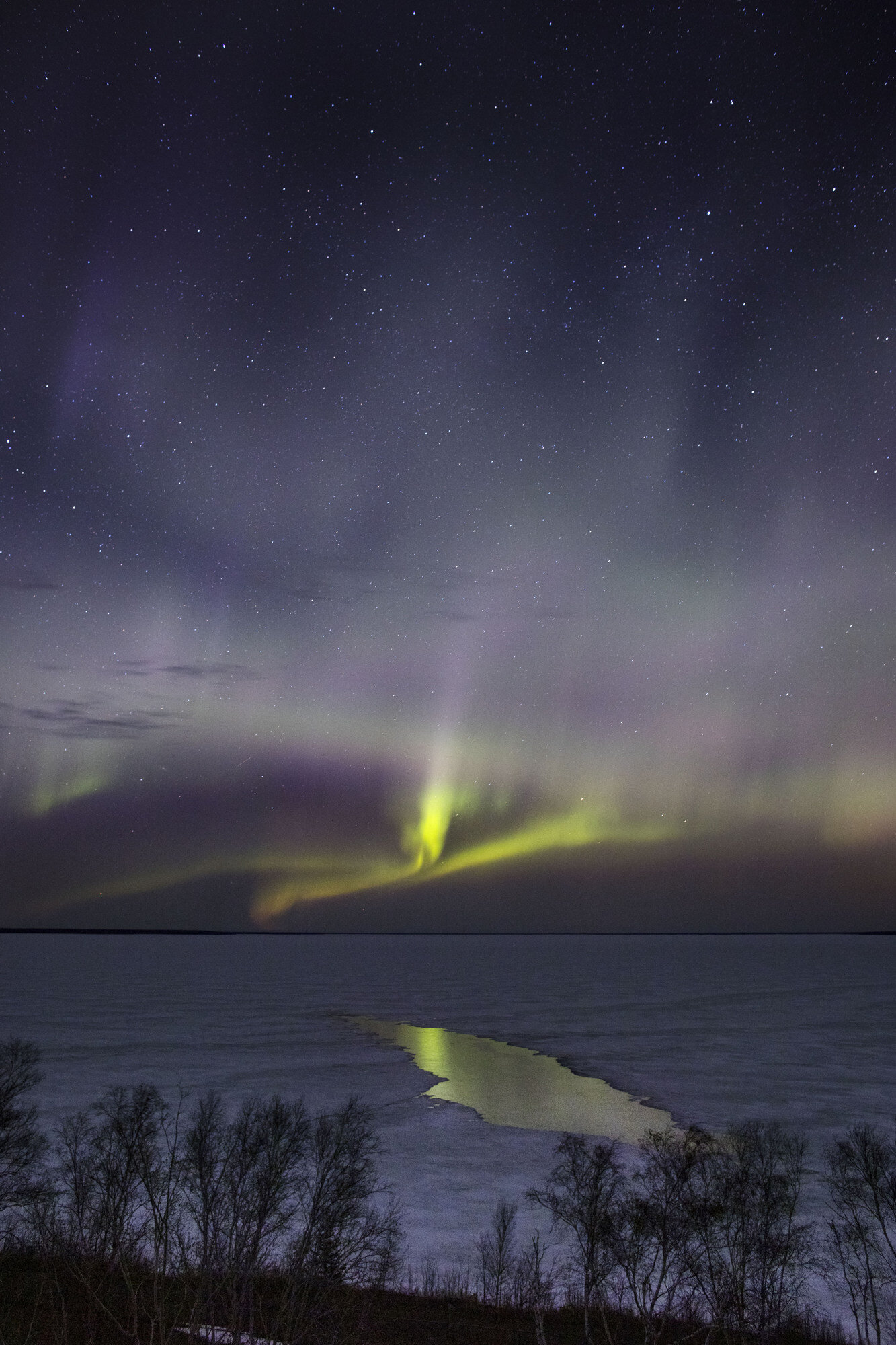I’m not a fan of winter - anything you can’t drive a motorcycle in just doesn’t seem like fun to me. But the one event that can sway me (other than aurora borealis) is western Canada’s biggest winter festival, the wonderful Festivalé du Voyageur.
I had the good luck to photograph this year’s festival for online news outlet ChrisD.ca — my first time at the event since 2020. Go figure, the past few years have been eventful…
My favourite way of working - just wandering, packing just a few lenses - seems to produce my favourite kinds of photographs: small decisive moments that showcase people and light. Did I mention the light? As a festival devoted to the fur trade period of c.1815, the historical re-enactments in Fort Gibraltar have period lighting, namely lantern or window. I absolutely love it.
And you will too. I highly recommend checking out the FDV in the week it has remaining! The website linked has a full schedule.
Louis Gagne twirls a carefully groomed moustache in his role as a French Canadian fur trader at Fort Gibraltar, circa 1815.
Historical re-enactors portraying soldiers hired by Lord Selkirk fire muskets during a demonstration at Whittier Park.
Dancers with the Spirit Sands Singers await the start of a powwow, helping expand the understanding of First Nations presence during the early 19th century fur trade in Manitoba.
Participants in the international snow sculpture contest help their creation take shape near the gates of Fort Gibraltar, in Winnipeg’s Whittier Park.
The currency of the early 1800’s in western Canada - furs, on display in one of the historical re-enactment displays at Festivalé du Voyageur.
Cold air and hot tea, at a display in Fort Gibraltar.
Volunteer blacksmiths work on actual iron items exactly like those needed in everyday life at Fort Gibraltar in 1815.
Winnipeg trio Sweet Alibi performs at the 2023 Festivalé du Voyageur, joining local artists providing sounds from EDM to fiddle and jig to rock.
John Kosse lights up the first night of the 2023 Festivalé du Voyageur. Kosse was one of a group of representatives from the St. Paul Minnesota winter festival attending Winnipeg’s event.
The JD Edwards Band opens the 2023 Festivalé du Voyageur.
Friends, fire, festivalé.
A perennial festival favourite is maple taffy - just add snow and roll.
Initially an accident with leaving my camera on a different setting, I really liked the impressionist effect this had, to give a mood or feeling to this timeless scene. The irony is if I deliberately set out to make a photo like this, I probably wouldn’t do as well as this one!












































